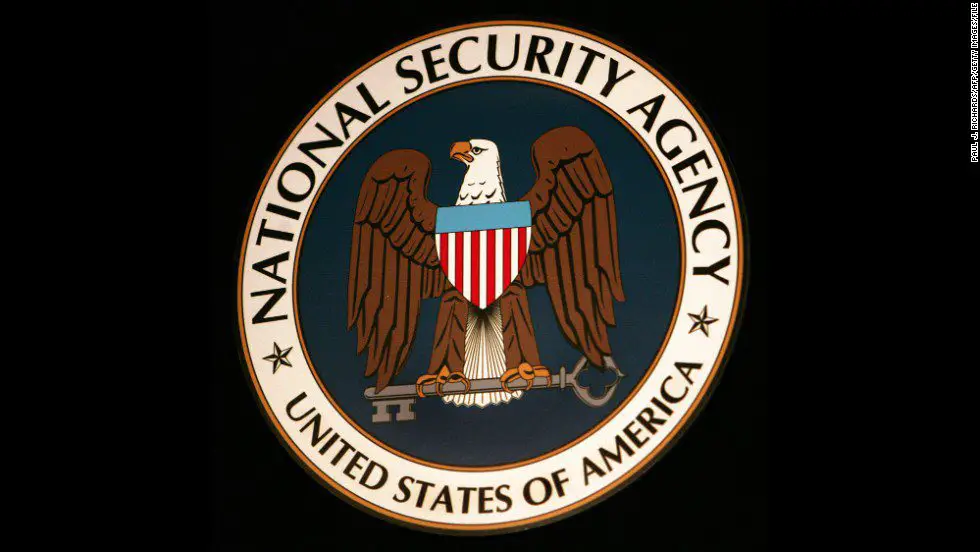
Fort Meade, UNITED STATES: The logo of the National Security Agency (NSA) hangs at the Threat Operations Center inside the NSA in the Washington suburb of Fort Meade, Maryland, 25 January 2006. US President George W. Bush delivered a speech behind closed doors and met with employees in advance of Senate hearings on the much-criticized domestic surveillance. AFP PHOTO/Paul J. RICHARDS (Photo credit should read PAUL J. RICHARDS/AFP/Getty Images)
According to foreign media reports, after the U.S. House of Representatives voted in the controversial government surveillance project last week, the bill is now passed by 65 to 34 in the Senate. Then it will be handed over to the president, which will come into effect as soon as Trump signs it.
Fort Meade, UNITED STATES: The logo of the National Security Agency (NSA) hangs at the Threat Operations Center inside the NSA in the Washington suburb of Fort Meade, Maryland, 25 January 2006. US President George W. Bush delivered a speech behind closed doors and met with employees in advance of Senate hearings on the much-criticized domestic surveillance. AFP PHOTO/Paul J. RICHARDS (Photo credit should read PAUL J. RICHARDS/AFP/Getty Images)It is learned that the bill will be re-authorized for a number of government monitoring projects, such as “Foreign Intelligence Control Act” under Article 702 intelligence gathering operations will be able to continue. In this regard, critics believe that although the bill nominally targets foreign targets, it actually gives NSA and other agencies the power to monitor U.S. citizens.
In addition, critics are also worried that the bill will allow the government to regain the controversial monitoring system – even if it is not from the target or not sent to the target, as long as the data related to the monitoring target will be collected.
As for the White House, things seem a bit complicated. Before the House vote, President Trump posted a tweeter on Twitter that questioned the monitoring program, while White House officials publicly backed the bill.
Reference: theverge